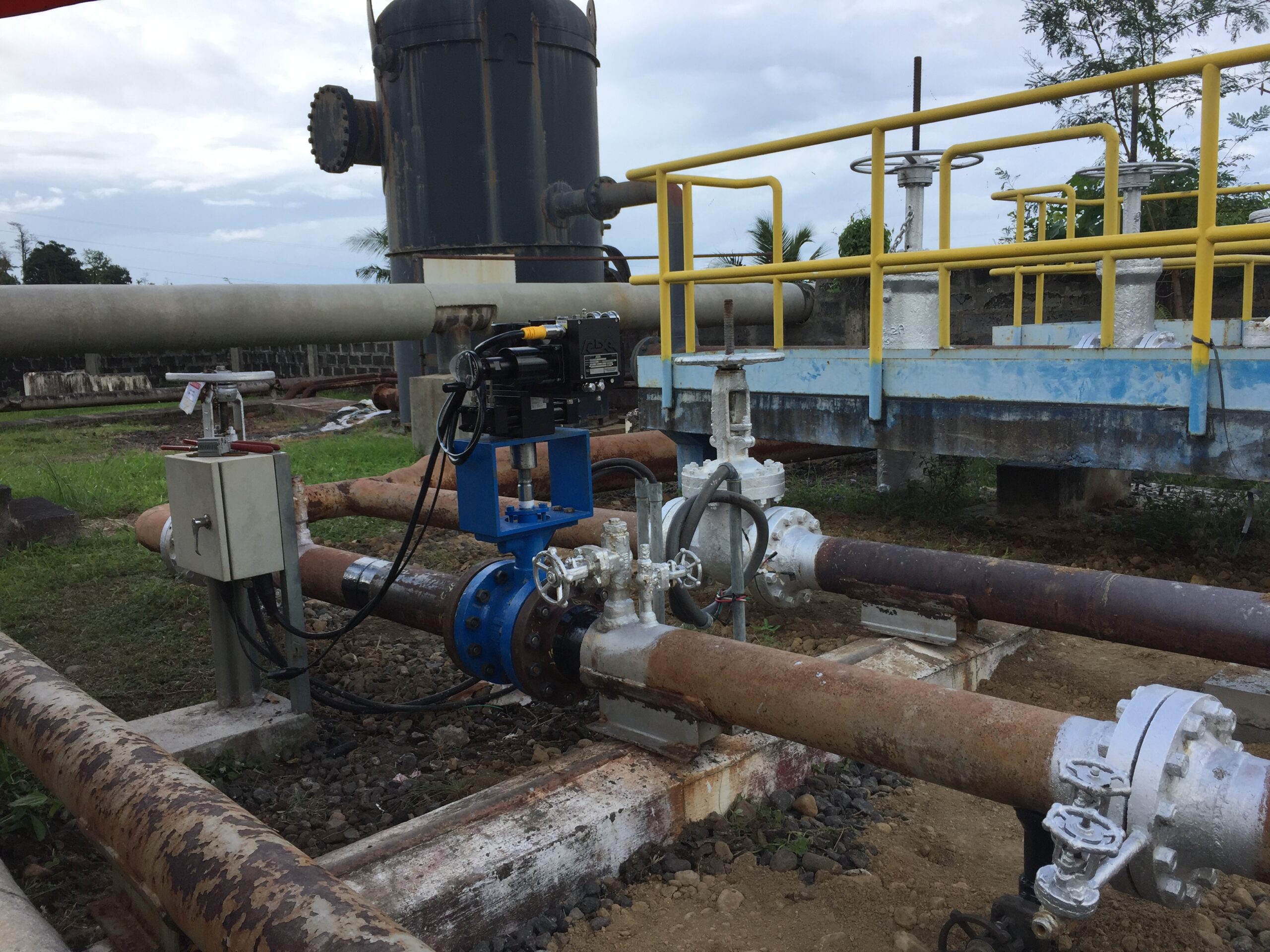Geothermal Separator Level Control
Background
In areas of the world where steam or two-phase flow are the dominant sources of geothermal energy, it is vital to remove the fluid portion of the mixture from the well. Otherwise, salts and dissolved solids will cause scaling and corrosion of the turbine and related equipment. To combat damage to the turbine, plants install separators – the most important components at a geothermal plant. Separators ensure only clean, dry steam enters the turbine.
There are two common separator designs – the vertical cyclone and the horizontal separator. Both designs essentially work the same in that a high-velocity two-phase flow enters the separator in a spiral pattern. Next, the centrifugal force moves the fluid to the outer surface, therefore allowing steam to direct toward the outlet tube. The separator fluid then collects in the base of the separator or freestanding tank, with the level controlled by an external control valve. Finally, the salts and solids are discarded and sent to a reinjection well, or vent silencer. Both vertical cyclone and horizontal separator have a 99% or better separation efficiency rate.
Problem
Maintaining specific fluid velocities and internal pressure drops are imperative for separators to function as designed. The fluid level has a large impact on separation efficiency and the potential for moisture to carry over into the steam. During production well operation, separator tanks quickly fill with brine and contaminants that must be continuously removed to maintain a proper level. Consequently, this leads to excessive cycling of the separator level control valves – normally operated by electro-mechanical actuation. Frequent cycling in high ambient temperatures can push these electric actuators to their limit.
Solution
So how can REXA solve this problem? Our Electraulic Actuation™ offers a responsive and dependable solution for geothermal separator level control valve applications. We specifically engineer our actuators for critical applications within the harshest environments requiring continuous modulating duty cycle, as well as accurate and repeatable positioning. We specifically engineer our actuators for critical applications within the harshest environments requiring continuous modulating duty cycle, as well as accurate and repeatable positioning.

Literature
Read more about our solution in the full Geothermal Separator Level Control Application Spotlight!
